Think of an uncharted continent – an unexplored land that has a lot of mysterious and weird wonders. If you had the chance, would you want to visit this uncharted continent? If you’re already arranging your bags and getting ready for departure, pause for a moment since this mysterious area is closer to home than you might assume.
As a matter of fact, it’s your own body.
Also, this book chapter is your guide. As you move from one organ to the next one, you’ll have an understanding of the exact physiology of each, and also get to know about the historical notions as well as mythologies that guide how we imagine them.
Also, this journey includes a small carefree competition to know the organ that’s the most exceptionally human. For that reason, these chapters examine each of our organs has added to our becoming the singular beings that we are.
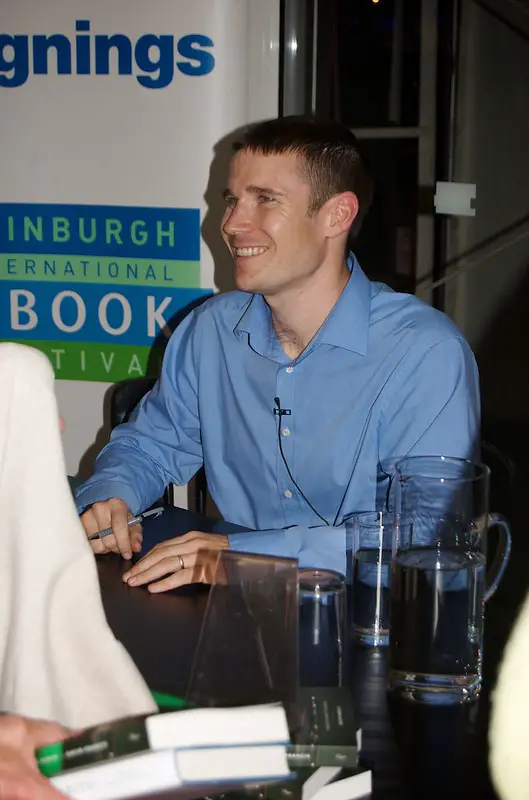
Chapter 1 – The face of humans can show a unique variety of emotions.
What could be more conversant than the shape as well as the outlines of your face? You, just like the majority of us, most likely look in the mirror daily. However, how does your face look underneath the surface?
Say you were to peel back the thin layer of skin that protects your face, you would notice a tangle of dainty, salmon-colored fronds – the 43 muscles that are in charge of your face. The variety of human expression is possible via the subtle interaction of these muscles.
While the author was still an anatomy demonstrator, he cut open the faces of more than 30 cadavers. Through that whole cutting up, he learned how to read the story of their emotional lives. How? Because various facial muscles are in control for various expressions, it’s possible to realize which expressions were usual during life by observing at muscle definition.
For instance, let’s take a look at the zygomaticus major and zygomaticus minor, the facial muscles that show the highest variation in size. They’re in charge of spreading the sides of the mouth to a smile. Thick, well-defined zygomaticus muscles indicate a life that is full of joy and laughter.
Developed orbicularis oris muscles show that someone had love in their life since these muscles purse the lips for kissing. In contrast, pronounced depressor anguli oris muscles – the group of muscles accountable for frowning – are an indication of a life filled with sadness.

Maybe, Leonardo da Vinci was the first human to read emotion from the muscles of the face. The author claims that da Vinci’s skill to portray that kind of vivid emotion in his paintings was directly conversant by his experience of cutting apart the faces of dead bodies.
Consider The Last Supper, which portrays the twelve disciples in paroxysms of emotion after Jesus’s statement that one of his disciples will betray him. This painting was somewhat groundbreaking for its time. Before da Vinci, the usual way was to portray faces as serene and without expression. The emotion was regarded as a human feature– and unsuitable to the faces of saints.
However, da Vinci thought it was more holy to signify human beings authentically, just as God made us. What he considered most authentic about the face of humans was the variety of emotions it could show.
It’s exactly this ability to show a wide range of emotions that allows the human face to be really exceptional compared to other species. Also, this is the reason why the human face is our first candidate for being the most human organ.
Chapter 2 – The placenta signifies the complete diversity of human culture.
The majority of our organs are made to last a lifetime. You get a single brain, a single heart, a single liver. However, there is an exemption. Made to last for up to nine months before being removed after childbirth, the only temporary organ is the placenta.
Nowadays, Western society isn’t that interested in the placenta. The placenta normally gets burned in the hospital’s disposal incinerators. But, traditionally, cultures have taken great concern in this mysterious bag of jelly, instilling it with different kinds of powers and symbolism, and taking good care in its disposal. As a matter of fact, there is no other human organ that is related to that kind of a wonderfully diverse array of human customs.
Popularly, one common means to get rid of the placenta is to consume it. Placental consumption has been encouraged in regions as common as Java, Morocco, and Moravia, among others. Regardless of whether it’s yours or for a different woman’s, the placenta, when consumed, is assumed to improve fertility.
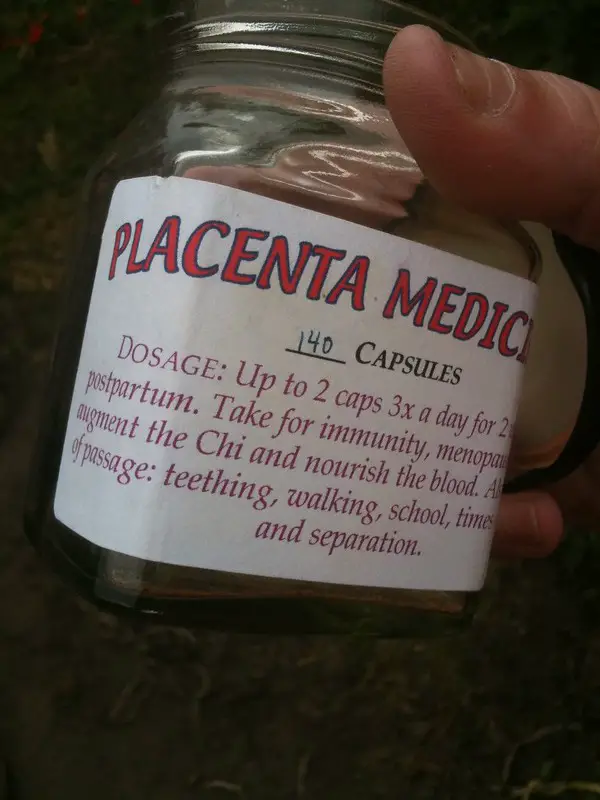
Another common means of disposal is a formal burial ceremony. The placenta is usually assumed to be linked to the destiny of the child, which is the reason why a lot of several east African cultures decide to bury the placenta under a sacred tree. The tree is renamed with the child’s name and a lifelong connection is made between the child and the land.
Among some Indonesian individuals, the rubbery, tentacled sack was likened to the rubbery, tentacled creatures of the sea. It followed naturally that, because it came from the sea, the placenta has to be returned to the sea. Hence, the placenta would be put in an earthen jar and float it downriver towards the direction of the ocean.
Recently, there’s been a reappearance of interest in the placenta in the West.
Now, some individuals are choosing to preserve their child’s placenta cryogenically as a kind of insurance policy against any future illness. The placenta has an abundance of stem cells – these are cells that are genetically identical to the child however, not differentiated yet into any specific tissue type. These kinds of cells could be grown afterward into bone marrow, for example, which means that the child would never have to depend on an unfamiliar person for a bone marrow transplant.
Ironically, this type of secular placental preservation is taking us back to the notion of a lifelong connection between an individual and their placenta.
The placenta’s spot as the crucial point for that kind of a rich array of human customs makes it symbolic of the diversity of human culture, and; hence, our second contender for the most distinctly human organ.
Chapter 3 – The human brain is more adaptable and resilient than we consider it to be.
At the age of 19 years, the author was holding a human brain for the first time in his life. The brain was gray, firm, and as cold as the laboratory where he held the brain.
Years after, the author started his practice as a neurosurgeon, and brains, both the brains of the dead and the ones that are still alive, became part of his day-day routine. But, during one occasion, he was called by his professor to take part in a strangely nonroutine operation.
The patient involved in the operation was a woman who had extremely intractable epilepsy. That entailed that she was susceptible to seizures, and therefore, every time, she was at danger of falling into a fit of convulsions. These seizures had gotten really debilitating that she was ready to put her life in danger by going through brain surgery.
During the operating room, the surgeons gained access into her brain by sawing a tiny window in her skull. With this window, the author was able to view the creamy-pink surface of her brain pulsating clearly. This was where the neurophysiologists had identified the seizures came from. Sadly, this region of the brain was as well in charge of speech; therefore, they couldn’t basically take out bits of the brain randomly.
Therefore, how were they meant to identify which bits to take out? This is the point where the operation deviated from your usual surgery.
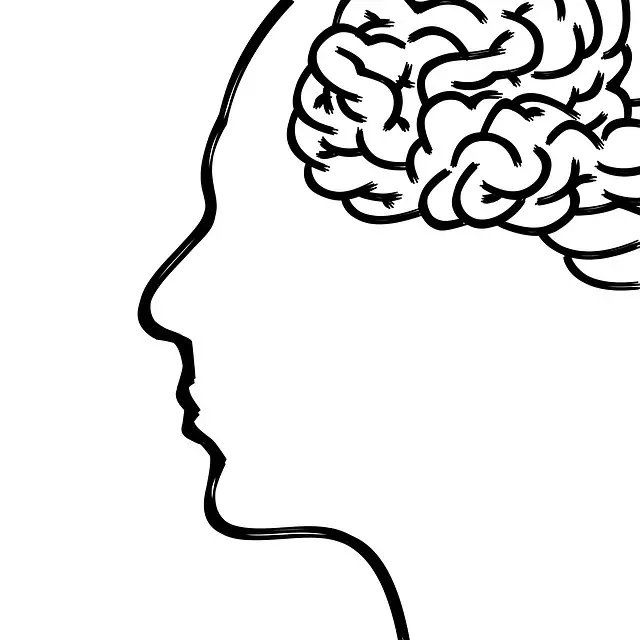
The dosage of the patient’s anesthetic was reduced and she was woken from sleep. A speech therapist that was sitting close to her leaned in and explained the situation that was going on. Afterward, the therapist asked the patient to name the image on a range of flashcards and describe what those images are used for. If the therapist displayed an image of a clock, the patient would be predicted to mention that, “Clock – you used it to tell the time.”
Whereas, the surgeon had swapped his scalpel for a nerve stimulator, which is a device utilized to wipe out standard brain function by zapping the brain with small electric shocks. He thoroughly zapped tiny quadrants of the naked brain, observing each time the patient’s words changed into a confused mumble. These quadrants of the brain were considered eloquent, and as soon as the woman fell asleep again, he took out a portion of the ineloquent brain and, casually, threw it into a bin.
When the author asked a question on what that portion of the brain was in charge of, the surgeon shrugged. He said, “the only thing we understand is that it isn’t eloquent.” Furthermore, he said reassuringly, “don’t bother, she most likely won’t sense any change, the brain will adjust.”
The author wasn’t sure. However, lo and behold, when the patient went for a checkup two days after, she was absolutely okay, and in high spirits. She said, “No seizures yet.” It actually did look that her brain had adapted for the piece that was taken out.
Chapter 4 – The heart’s pulse is vital for a personal sense of well-being and for the physical well-being of the body as well.
While the author was still a student, he had to listen to the sound of a beating heart on a CD. The whole concept was to teach his ear to notice abnormalities. However, after sometimes, he saw himself listening to this CD as a kind of relaxing background noise. There was a thing he saw very reassuring in its inexorable, rhythmic pulse.
That thing, the author speculated, was related to what the pulse signifies– soul, vitality as well as life. On the contrary, an absence of pulse is an indication of death, soullessness, and inhumanity, which is the reason we’re really hesitant to attribute life to machines.
All thanks to developments in technology, we could possibly remove the necessity for a pulse. At the moment, there are designs for artificial hearts that can distribute the blood in a smooth and continuous flow, without a beat. If you had that kind of heart and felt for a pulse, you’d feel absolutely nothing.
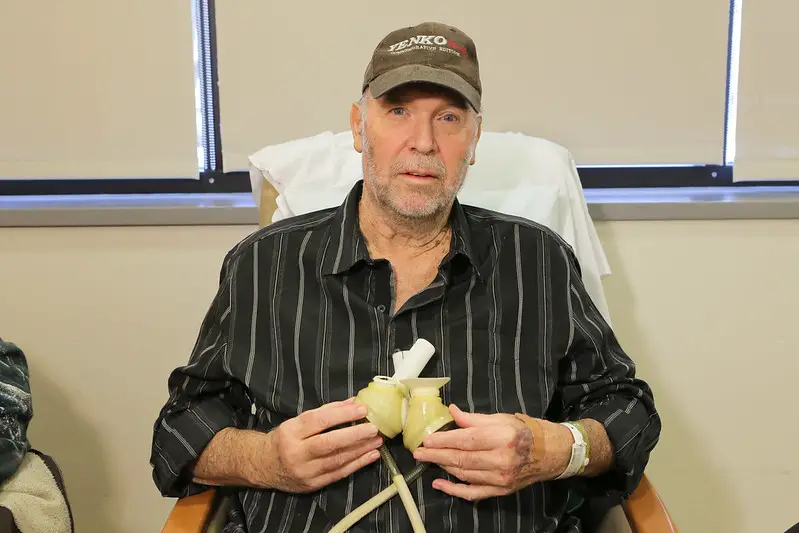
However, if we lost our pulse, wouldn’t we lose a bit of our humanity as well?
The answer is yes based on one of the author’s patients. One of the author’s patient was born with a heart abnormality, this patient had to go through heart bypass surgery, which entails cutting opening the chest and stopping the heart for a short while. During the time his heart was stopped, a machine was used to oxygenate his blood.
After the bypass surgery was done, with normal heart function revived, the patient mentioned some weird symptoms. He informed the medical staff he was noticing a “blackness” that rose and increased in his mind. The patient was diagnosed with a cognitive impairment that usually comes after bypass surgery, known as pump head.
The signs of pump head are usually bizarre and strange. Some patients get violent after they have done bypass surgery and have to be restricted and sedated. Other patients get inappropriate and they are not themselves. The author heard a narrative of a vicar who, following his bypass surgery, constantly made vulgar and offensive jokes.
Physicians are still not certain of what brings about pump head. However, one common theory is that bypass machines don’t correctly copy the rhythmic pumping of the heart. Numerous major studies on this disorder have claimed that the subtle capillaries and cells of the body prefer blood to come in pulses. If this is the case, then the rhythm of blood flow, and not only the oxygen in it, is vital for the health of the body and its cells.
That signifies that the representation of vitality we give to the beating heart might as well have a physiological foundation.
Chapter 5 – Genitals signify human sexual desire as well as pleasure.
This particular chapter is essentially about that most cherished of the body’s capabilities, that gift of nature, that’s correct– the orgasm.
The orgasm barely requires an introduction. Still, how it functions and its purpose is still a mystery to a lot of us. Therefore, what is an orgasm then?
Let’s make use of an analogy. An orgasm is just like lightning: a random blast of electricity. Celestial lightning happens when an electrical charge forms between storm clouds and an ionizing Earth. Orgasm happens when a bioelectric tension forms between the nerves that are found in the genitals and the plexus of nerves found in the pelvis. If this tension forms up sufficiently, it may be released all of a sudden and intensely with pulses that ripple up and down the nerves just like chain lightning – an orgasm!
There’s never been much uncertainty about the function of the male orgasm in the reproductive process – it’s certainly direct. Spasms of nerve stimulation compress semen in the direction of the penis and also out of the body. On the other hand, the role of the female orgasm has bewildered physicians for millennia.
Whether you believe it or not, it was acknowledged in Europe, all the way until the late eighteenth century, that female orgasm is only as vital to conception as male ejaculation. In the seventeenth century, it was written in a textbook on midwifery that, if there is no clitoris, women would have “neither desire, nor pleasure, nor would it be possible for them to conceive.”
Definitely, we understand now that it’s not important for a woman to orgasm so as to conceive. Nevertheless, a third of women either have difficulty attaining climax or can’t orgasm at all –however, this doesn’t make them infertile. Therefore, female orgasm isn’t vital to conception. But, it actually helps fertilization.

During a woman’s orgasm, nerve stimulation ripples through glands known as Skene’s glands, making them discharge their own kind of seminal fluid. Reliant on where they’re positioned, these glands either move fluid out via the urethra or straight into the vagina, which clarifies the reason why some women ejaculate and some women don’t.
It’s believed that this alkaline fluid is discharged to neutralize the acidity of the vagina, allowing it to be a more hospitable surrounding for sperm to endure.
The reality that orgasm isn’t significant for reproduction reveals what we understand already: human sexual pleasure is different from reproduction. Humans chase sexual pleasure for its own benefit, and it’s one of the strongest urges that influence us and shape our culture. Due to that, our genitals are a very human organ.
Chapter 6 – The kidney is an indication of the human ability for unconditional love and compassion.
While the author was still a traveling physician, he usually came up against traditional views about the body and its organs.
For instance, in traditional Tibetan medicine, if there is an issue with your kidneys, you might probably get the diagnosis of the cold kidney. Treatment comprises of attempting to warm the kidneys by evading wet seats and burning herbs over the skin.
Although the author wouldn’t recommend this treatment for kidney failure, he admits that the contemporary treatment for this condition – transplantation – does, as a matter of fact, comprise of the warming of a cold kidney.
After being taken out from a human body, kidney tissue can live for upwards of 12 hours, provided it’s kept cool. During the first kidney transplant that the author ever saw, he was surprised by how gray and withered the cooled kidney appeared as it was put into the cavity in the patient’s belly.
However, as soon as it had been stitched into the vein and artery, and blood started flowing with ease into the shrunken organ, it started to metamorphose before the author’s actual eyes. Each beat of the heart inflated the kidney a bit more, quickly changing its ashen color into a lucent pink. Transplantation really is one of the wonders of contemporary medicine.
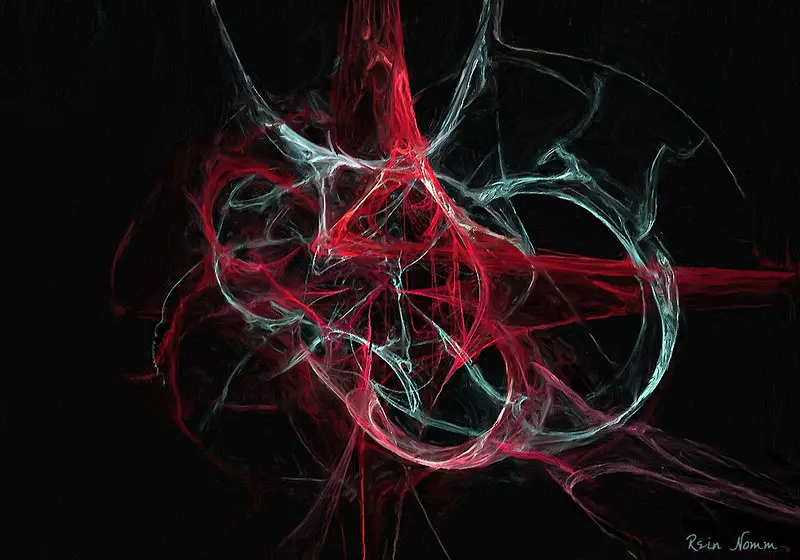
However, it’s an ambivalent miracle. Different from the majority of other medical procedures, transplantation is usually based on a disaster. An obtainable organ signified the death of the person that donated the organ.
The author remembered a particularly sad incident when a teenage girl died from an extreme asthma attack. Her traumatized parents quite generously told the doctors to save what they could, and the doctors requested for organ donation forms.
It was just her kidneys that were transplanted. The girl’s kidneys saved two people at opposite ends of the nation. Her corneas provided sight back to a person who’d been blinded. Her liver provided a rehabilitated alcoholic a second opportunity. Her pancreas as well as the small intestine provided life to a young boy that was born with an uncommon congenital condition. Eventually, it was just the girl’s heart, lungs, and brain that were really buried alongside her.
Although the kidney isn’t the only organ that can be transplanted anymore, it stays unique. But, the kidney is the only full organ that can be donated in life with somewhat small inconvenience to the donor. “Live donations” now make up half of the entire kidney transplants in the West and usually occur among strangers. An indication of human generosity and selflessness, the kidney is a very human organ.
Chapter 7 – The first time we learned how to walk on our two feet was when we walked into our humanity.
Hands or feet – which of those do you consider as the more uniquely human?
It’s alluring to pick the hands. Those opposable thumbs are extraordinarily beneficial. Without them, we won’t be able to utilize tools and manipulate the world that surrounds us.
However, as a matter of fact, the human foot is very more unique than the human hand, which is only a little modified form of the hands that other primates have. Although the foot is a wonder of engineering. The foot is what makes us walk upright. You may have seen there are really few bipedal creatures in the world. And it is not a surprise. It requires a really technically skilled design to keep balance while walking and take the complete weight of a body.
You’ve most likely watched that iconic graphic of evolution where a quadruped primate gradually changes into a completely upright human. At that point, when we stood at our complete height, we turned into a human. Or perhaps that how the story goes –although we have forefathers who walked on two feet as well.
In the year 1978, this was confirmed when Mary Leakey, the paleoanthropologist found three sets of bipedal footprints – looking to belong to a man, a woman, as well as a child – very well conserved in a layer of volcanic rock that is found on one of the plains of Tanzania. The prints were above 3.5 million years old!

It has been identified from the weight of impression and length of stride that these footprints were for one of our forefathers know as the Australopithecus afarensis. This hominid species had a tiny brain, similar to that of a gorilla; but, walked on two feet, just like humans.
Before this finding, it was believed that brain growth came before the bipedal movement. However, this theory was only a protraction of the Eden story dressed up as science, suggesting that humans stopped acting like the other animals the instant they got knowledge. These footprints attested that it was the opposite. Being on two feet released our hands to make use of tools, and this incited brain growth.
The human foot, which came before the development of the human hand and the brain, is symbolic of human evolution and hence is, our last contender for the most distinctly human organ. This one warrants a standing ovation.
Adventures in Human Being: A Grand Tour from the Cranium to the Calcaneum by Gavin Francis Book Review
There’s no obvious winner in our chase of the organ that is most symbolic of our humanity. Some of the organs we have on our list are only there since they make us different from other species, like the brain and the face, which are uniquely formed in humans. Other organs are present on the list since they symbolize human features, such as the heart, the placenta, and the kidney, which signify life, culture, and love, respectively. Yet others –such as the foot – are on the list since, without them, we would never have turn into the creatures that we are.
